Disturbing Sight of “Mutant Deer” Alarms Residents
After Colorado’s stories of “Frankenstein rabbits” and “zombie squirrels,” eerie new photos from Pennsylvania and Wisconsin have captured public attention. Images circulating online show deer with lumpy, warty skin — what some are calling “mutant” or “bubble” deer.

On Reddit, one user posted a photo of a deer with large, dark lumps, writing:
“Not sure what’s wrong with her… Gunshot wound? Tumor? Prion disease? Don’t know what to do.”
Another shared an image of a deer with swollen growths on its neck and chest, simply asking: “What’s wrong with this deer?” While the unsettling appearance has led to fears of an outbreak, wildlife officials say there’s a clear scientific explanation — and it’s not as alarming as it looks.
Experts Identify the Cause: Deer Fibroma
Wildlife authorities confirm the condition is known as deer fibroma, a disease caused by a species-specific papillomavirus. According to the Maine Department of Inland Fisheries and Wildlife, fibromas appear as “firm, warty growths attached to the skin, usually dark in color, hairless, and often cracked or lumpy.”

Most deer only develop a few small growths, but severe cases can cover large portions of the body. Fortunately, the virus affects only deer and is not transmissible to humans or other animals.
How the Virus Spreads Among Deer
Dr. Kristin Mansfield, a wildlife veterinarian in Washington state, told FOX13 that deer spread the virus through direct contact — much like humans spread warts.
“Maybe they’re using the same rubbing posts or gathering in feeding areas,” Mansfield explained. “When they’re in close contact, the virus transfers.” The warty growths are typically limited to the skin and cause minimal discomfort. Mansfield reassured hunters that deer meat remains safe to eat, saying, “You can just cut the growths off.” However, experts remind people that deer can carry ticks, which are capable of spreading Lyme disease and other tick-borne illnesses.
No Cure for Wild Deer — But Most Recover Naturally
There’s no effective treatment for fibromas in wild deer. In captivity, large growths can sometimes be surgically removed, but wildlife officials generally advise leaving infected deer alone. In most cases, a deer’s immune system eventually fights off the virus, and the growths shrink and disappear on their own. Only in rare situations — when fibromas impair eating, movement, or vision — is euthanasia considered humane.
Climate Change and the Rise of “Mutant” Animal Sightings
Experts suggest climate change may be contributing to a rise in visible animal diseases. Warmer conditions help mosquitoes and ticks — both of which carry viruses — to thrive in new regions. Dr. Omer Awan of the University of Maryland School of Medicine told The Daily Mail:
“These temperature changes are causing diseases that weren’t endemic in certain areas to now appear there. Lyme disease, for example, is showing up in regions like southern Canada and northern U.S. states where it never existed before.”

In addition, social media has amplified awareness of these unusual cases. “People are documenting it more, sharing it more online,” Awan said. “That visibility makes it seem like it’s happening more often.”
The Bottom Line: Strange-Looking, But Not a Threat
While the so-called “mutant deer” may look disturbing, experts stress that deer fibroma is not dangerous to humans and poses no risk of a new outbreak.
The eerie photos may spark speculation about “mutant” wildlife, but they’re a reminder that nature can sometimes appear stranger — and scarier — than it really is.

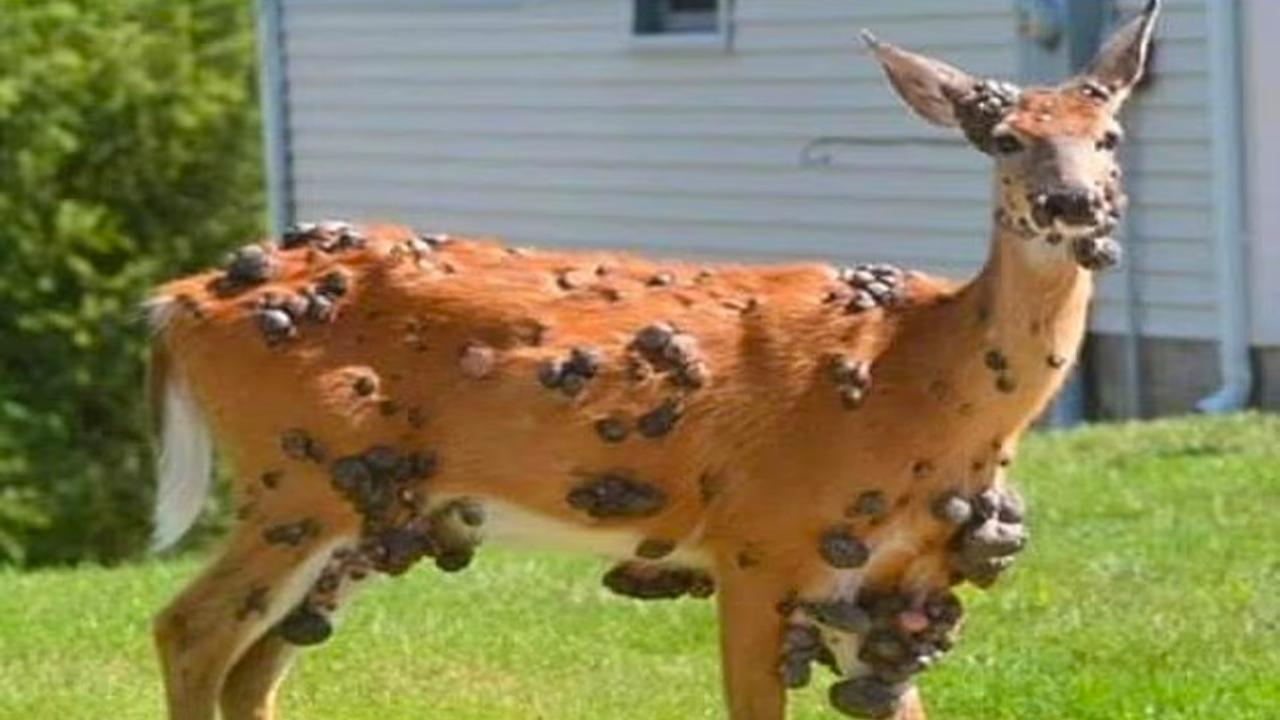
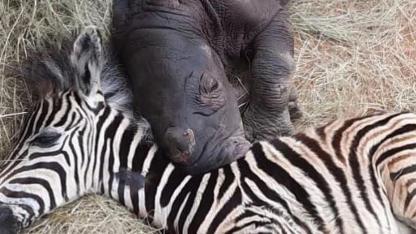

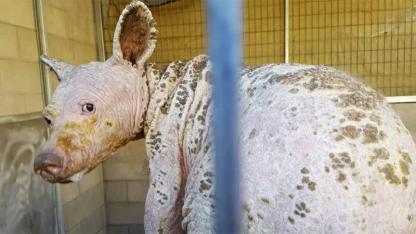


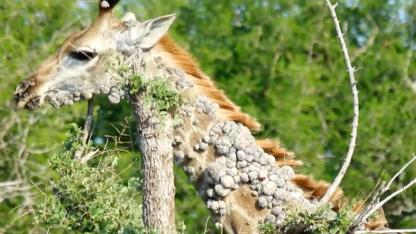


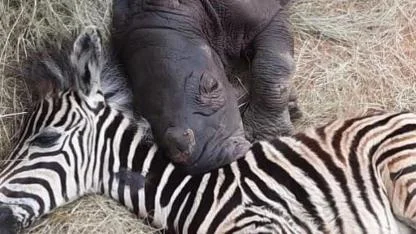

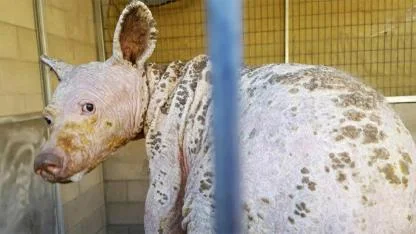


Yorumlar
Kalan Karakter: